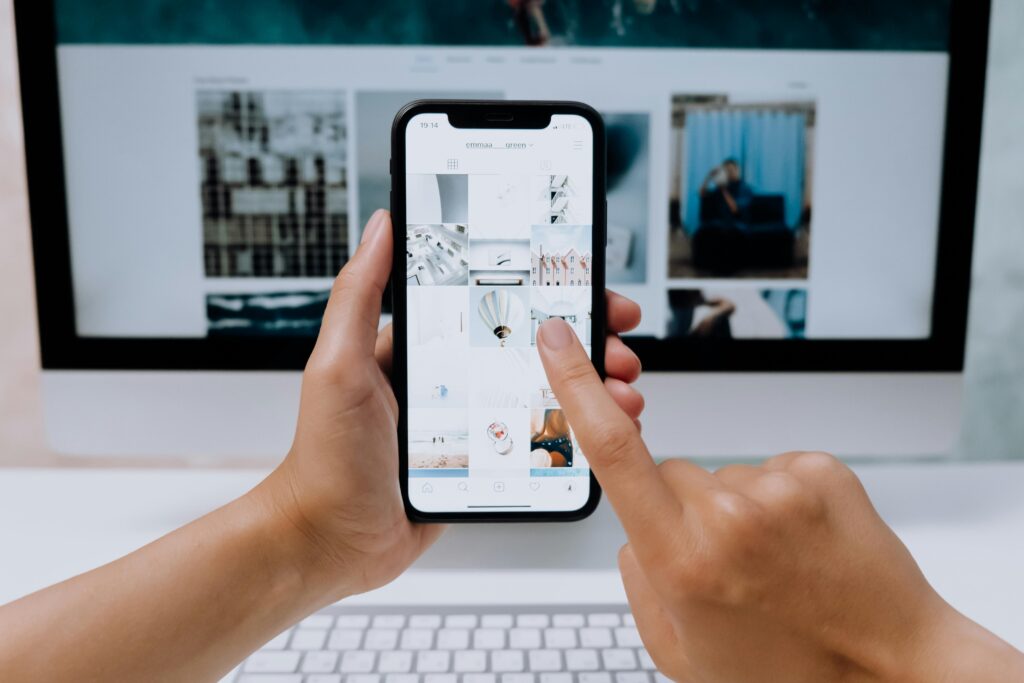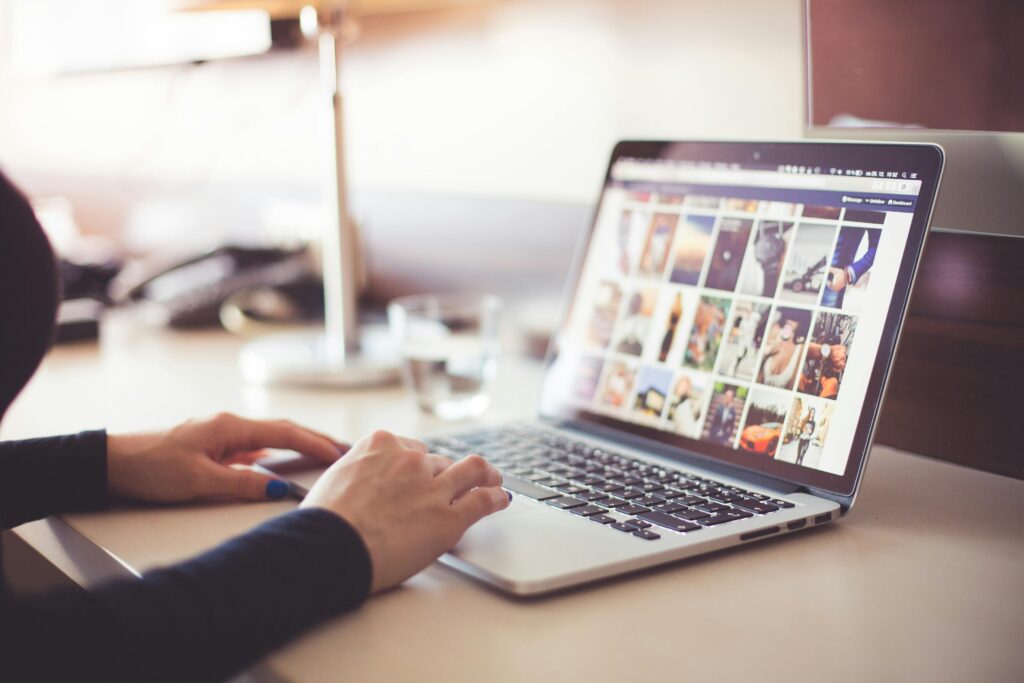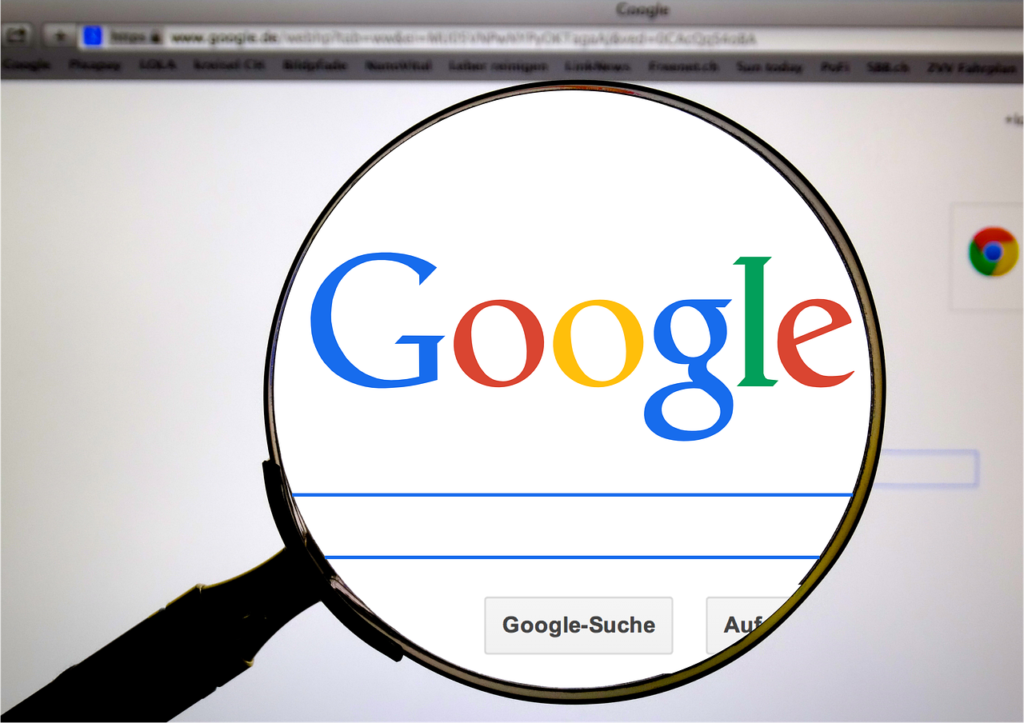Introduction to Googlebot Images
Googlebot Images plays a crucial role in how Google indexes and ranks images in search results. By analyzing image content, alt text, file names, and surrounding text, Googlebot Images ensures that users find the most relevant visuals. With AI advancements, this tool has become even smarter, allowing websites to improve their image SEO and boost traffic.
In this guide, we’ll explore how Googlebot Images works, the best optimization practices, and the latest trends in image search SEO.
Why Googlebot Images Matters for SEO?
Optimizing images for Googlebot Images can:
- Increase Search Visibility – Properly optimized images rank higher in Google Image Search.
- Boost Website Traffic – Image search can drive a significant amount of organic traffic.
- Improve User Engagement – High-quality, relevant images enhance user experience.
- Enhance Page Load Speed – Optimized images reduce loading times, improving SEO performance.
10 Ways Googlebot Images Enhances Image Search & SEO
1. AI-Driven Image Recognition
Googlebot Images now uses AI to understand image content beyond file names and alt text.
2. Improved Crawling & Indexing
It scans and categorizes images efficiently, ensuring relevant images appear in search results.
3. Alt Text Optimization
Descriptive alt text helps Googlebot Images understand image content and improves accessibility.
4. Mobile-First Indexing for Images
Optimizing images for mobile devices ensures better rankings in Google Image Search.

5. Structured Data Markup for Images
Using schema markup helps Google understand and display images in rich results.
6. High-Resolution Image Preference
Google prioritizes high-quality images for better search rankings.
7. Page Context Analysis
Googlebot Images considers surrounding text and metadata to determine relevance.
8. Faster Image Load Speed Boosts SEO
Compressed and optimized images improve website speed, enhancing rankings.
9. Safe Search Filtering
Googlebot Images automatically filters inappropriate content, affecting visibility.
10. AI-Powered Visual Search Advancements
Google Lens integration helps users find visually similar content.
How Googlebot Images Crawls & Indexes Images?
Googlebot Images follows these steps to process images:
- Crawling – It scans web pages to discover images.
- Indexing – Images are analyzed based on alt text, file names, and page content.
- Ranking – Google ranks images based on relevance, quality, and SEO factors.
Best Practices for Optimizing Images for Googlebot Images
1. Use Descriptive File Names
Rename images with relevant keywords (e.g., “SEO-image-optimization.jpg” instead of “image1.jpg”).
2. Add Alt Text for Every Image
Ensure alt text accurately describes the image and includes keywords naturally.
3. Optimize Image File Size
Compress images using tools like TinyPNG or WebP format for faster loading.
4. Implement Structured Data Markup
Use schema.org markup to provide more context to search engines.
5. Host Images on a Fast Server
A slow-loading website can negatively impact image rankings.
6. Use Responsive Images
Ensure images scale correctly for mobile, tablet, and desktop users.
7. Optimize Image Captions & Surrounding Text
Provide relevant content around images to enhance their relevance in search.
8. Submit an Image Sitemap
Use Google Search Console to submit an updated image sitemap for better indexing.
9. Avoid Overusing Stock Images
Unique, high-quality images perform better in search rankings.
10. Ensure Proper Copyright & Licensing
Use properly licensed images to prevent copyright issues that may impact rankings.

Googlebot Images & AI-Powered Visual Search Trends
- Google Lens Integration – AI-powered visual search is becoming more advanced.
- Augmented Reality (AR) Search – AR-based image recognition is gaining popularity.
- Voice Search & Image SEO – Optimizing images for voice search queries is becoming essential.
- User-Generated Image Content – Search engines prioritize authentic, unique images.
- AI-Generated Image Recognition – Googlebot Images is improving at detecting AI-generated visuals.
Common Mistakes to Avoid in Image SEO
- Missing Alt Text – Googlebot Images relies on alt text to understand images.
- Using Large Image Files – Slow-loading images harm SEO performance.
- Irrelevant File Names – Generic file names reduce search visibility.
- Ignoring Mobile Optimization – Mobile-friendly images rank better.
- Not Using Image Sitemaps – Helps Googlebot Images discover and index images faster.
Final Thoughts on Googlebot Images & SEO
Optimizing images for Googlebot Images is crucial for improving search rankings, driving organic traffic, and enhancing user experience. By following the best practices, leveraging AI-driven image recognition, and staying updated on trends, you can ensure your visuals stand out in search results.
In 2025, image SEO will continue to evolve with advancements in AI and machine learning, making it essential for businesses and website owners to stay ahead of the competition. Implement these strategies today to maximize your website’s potential in Google Image Search!

